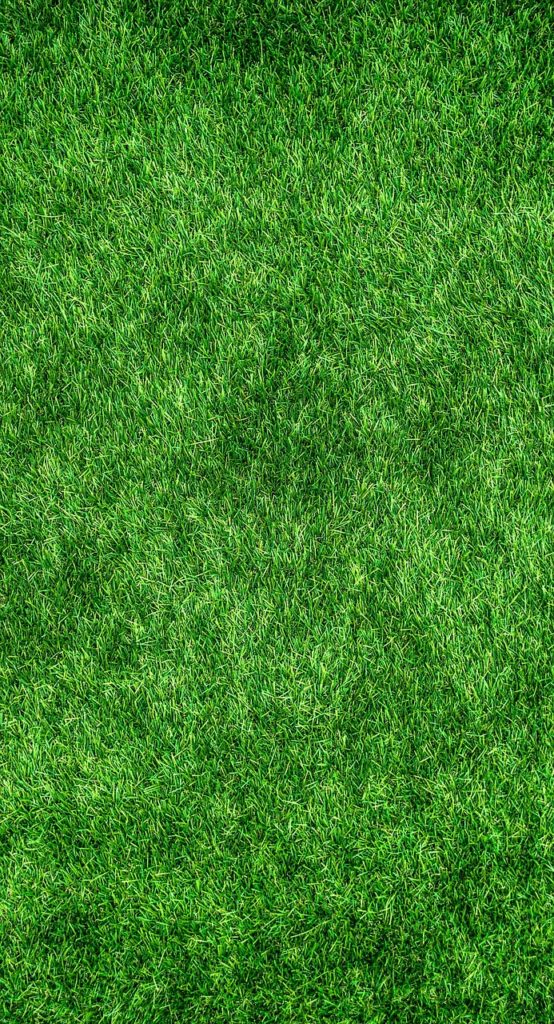The grass was first recognized as of aesthetic value about 2000 years ago in the Chinese empire gardens of the Han dynasty.
It is soft and pleasant to touch, treading and sitting.
For this reason, the grass was chosen to cover surfaces in large parks, playgrounds, stadiums, private gardens and more.
Other benefits of grass are preventing mud and dust, cooling the environment and even the interior of the house, reducing radiation, reducing environmental noise and more.
Here are the steps to start with:
1. The soil on which we intend to plant a lawn should be a medium soil that is slightly drained and free of weeds.
2. Design and install a permanent and computerized irrigation system, with a uniform irrigation rate that is adapted to the conditions of the area.
3. Fertilize and manure the area with about 1 gallon of compost per 1 square foot plus 0.1 pound of phosphorus fertilizer (super phosphate) and about 0.1 pound of potassium fertilizer per 1 square foot (potassium chloride).
Till the soil together with the compost.
Eliminate foreign objects such as stones and debris.
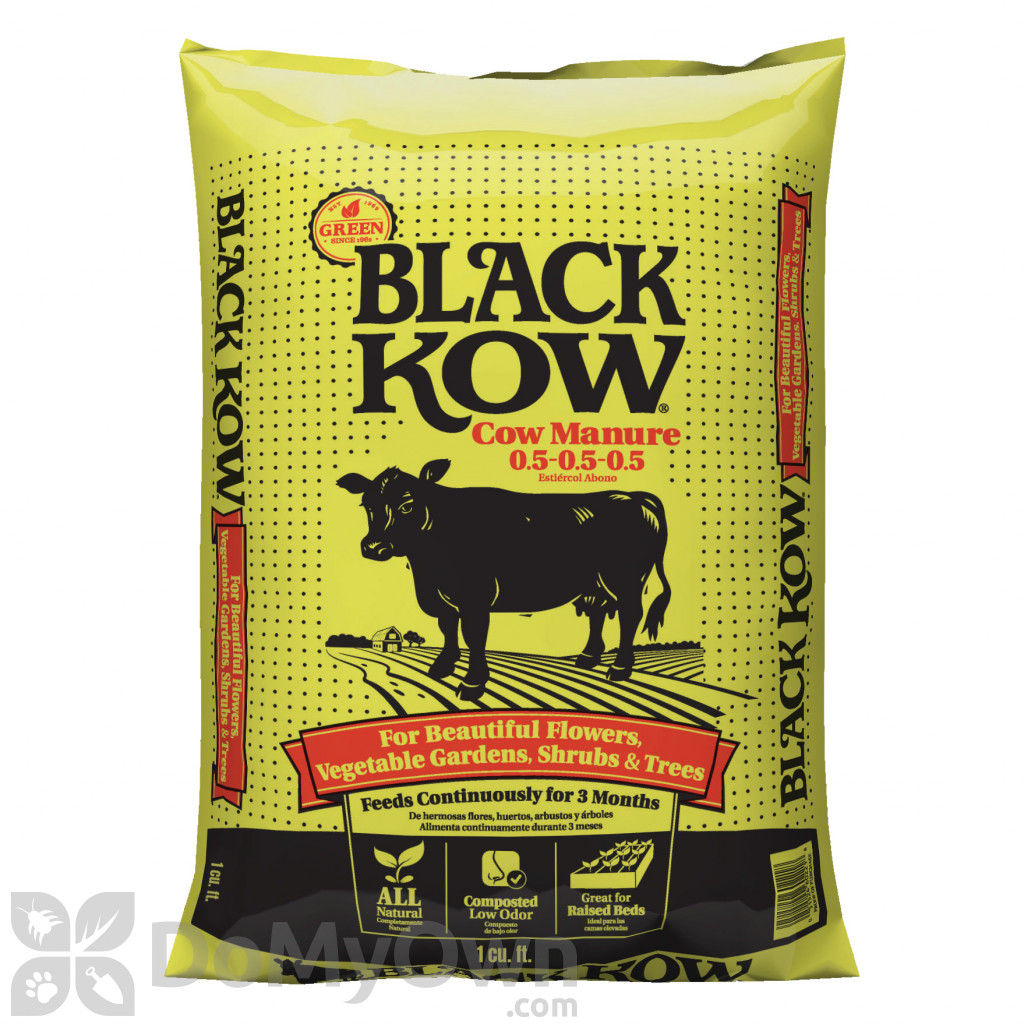
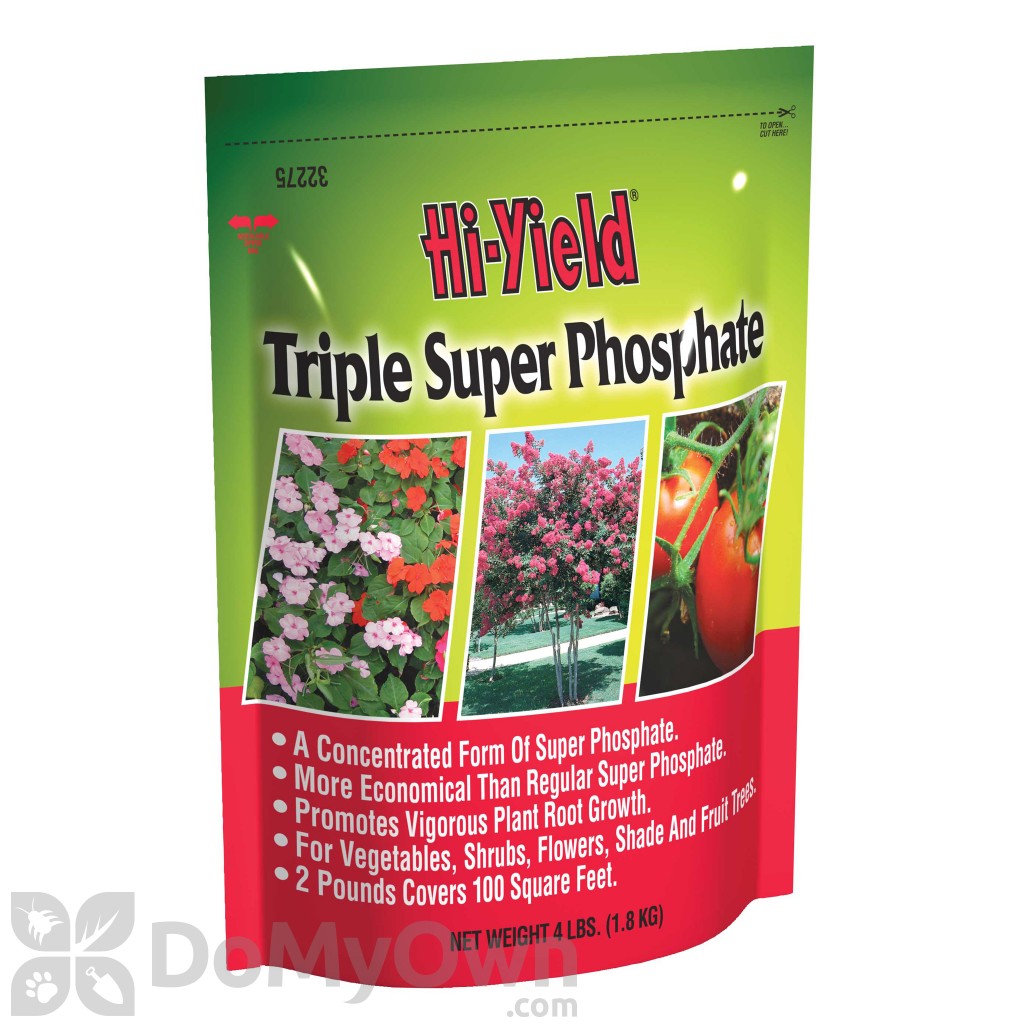
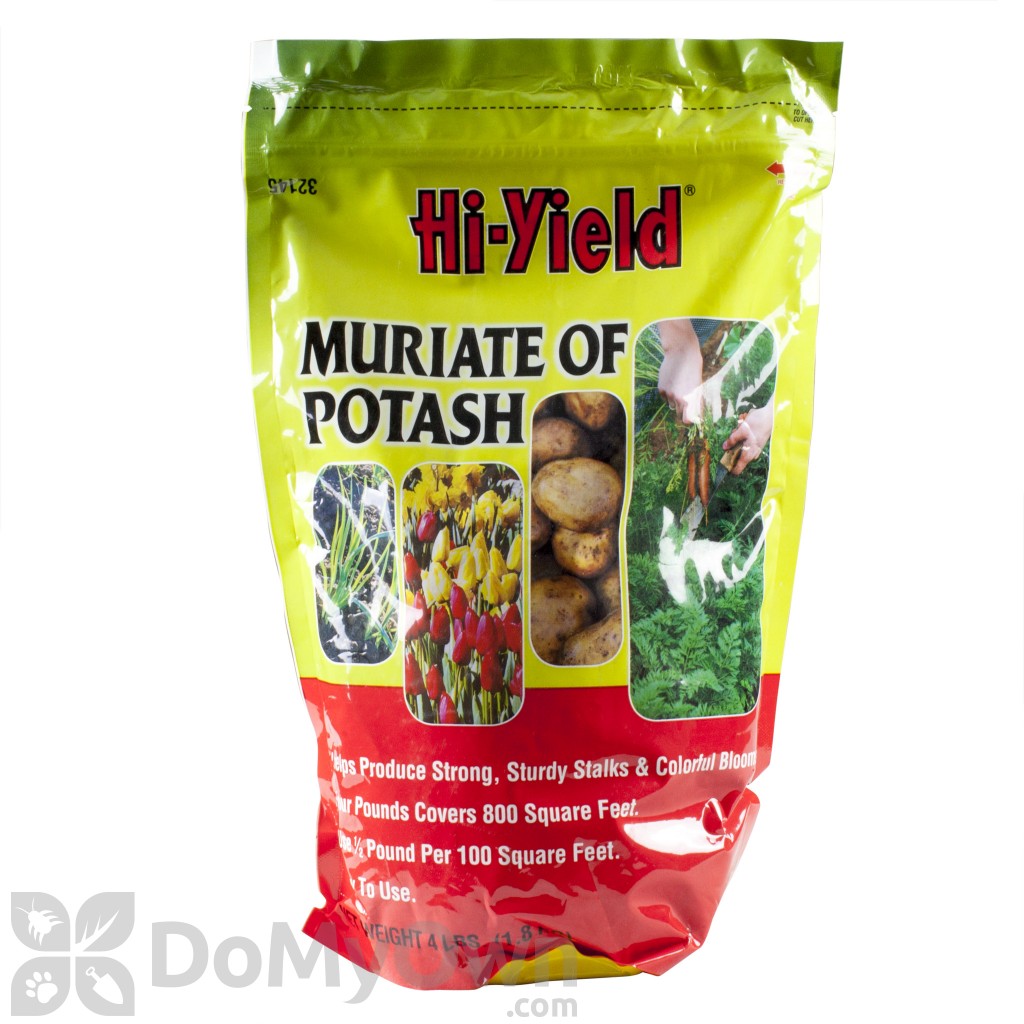

4. Irrigate and keep the soil wet for about 2-3 weeks for the weeds to germinate.
5. Weeds that develop on the lawn interfere with the proper development of the grass and rob the water and minerals in the soil.
Therefore, the weeds should be sprayed with a Post Emergent Herbicide (Weed Killer) like Glyphosate (Round up).
Wait at least a week before planting or sowing grass seeds.
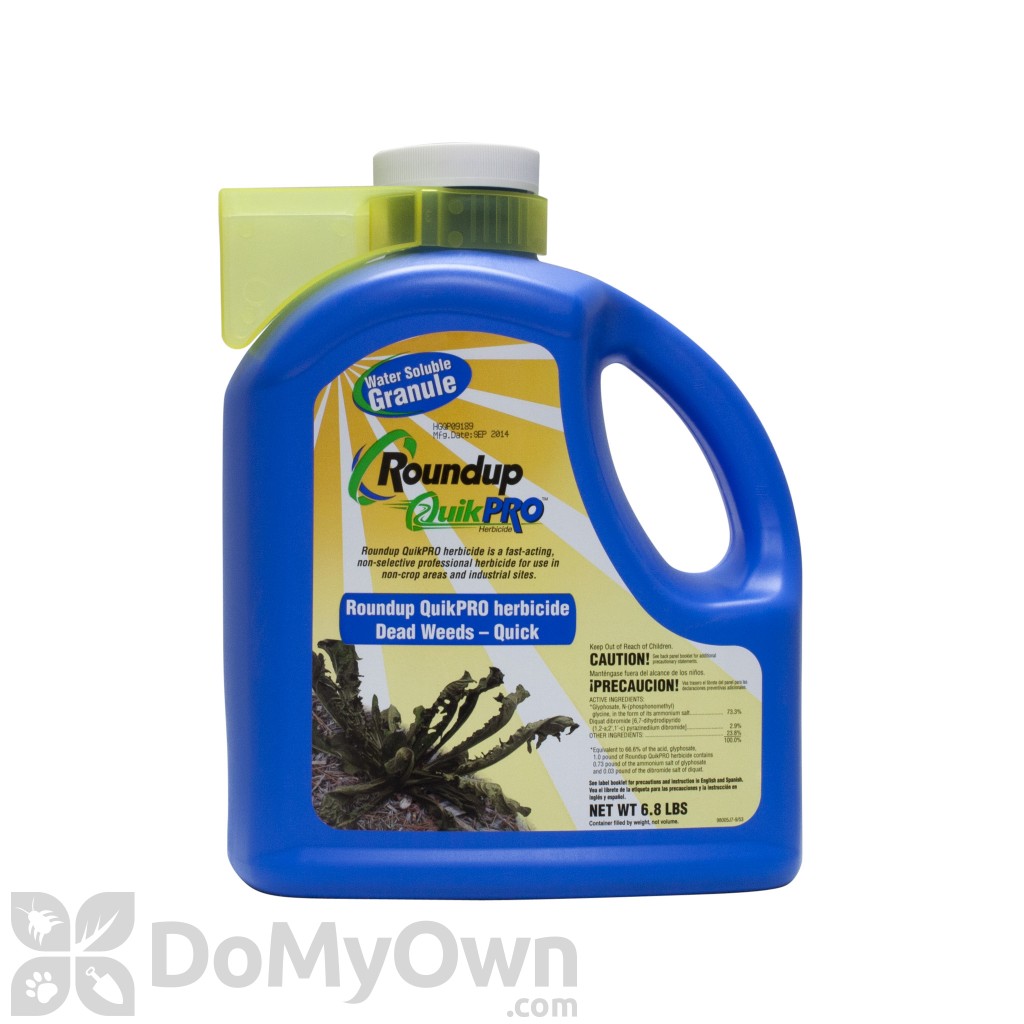
6. Planting sod or sowing seeds should take place in early spring obviously, with the warm season grasses, but in late summer with the cool season seeds grasses, to let the soil warm up after the cold winter.
7. Selecting the appropriate variety:
Grass for cold areas grows at its best at temperatures of 59-75 Fahrenheit (15-24 Celsius) degrees, and grass for warm areas grows at its best at temperatures of 75-95 F (24-35 Celsius) degrees Celsius.
Grasses of cold areas will lose their color at a temperature close to 32F (0 Celsius) and will survive at many temperatures below that.
The warm grasses will lose their color at temperatures of 44-53 F (7-12 C) degrees and in prolonged stagnation will not survive at all.
Countries/places that are northern to the 35th parallel north, need Cool-season grasses, such as Kentucky bluegrasses (which dominates), ryegrasses and fescues because of the cold winters, cool summers and high humidity.
A mix between some of them can be taken into consideration, because each one of them has its strengths and Weaknesses.
South to the 35th parallel north, Texas, Arizona, South Carolina, etc… need warm-season grasses where seasonal summer temperatures run high.
These grasses simply can’t stand the northern winters.
Bermudagrass, Bahia grass, Zoysia, St. Augustine and Centipede belong to this category of grasses (with small differences between them).
Bermudagrass is the leading lawn grass in the south.
Its tolerance for salt, heat and drought meets the challenging conditions of the region.
Its minimum light requirements are 9 hours, its durability is very high and the growth rate is very fast.
Mowing is recommended every 4-7 days. It has a vigorous growth rate and therefore characterized by high resistance to abrasion, strain and soil pests.
In cold areas it loses color in winter, its bloom is noticeable and it requires a high level of maintenance.
It is very common as an infrastructure for sports and football fields around the world, and very suitable for gardening in large areas (such as parks).
The Zoysia grass is known for its ability to stand up to heat and drought but also with improved cold tolerance so, it can be suitable for transition zones.
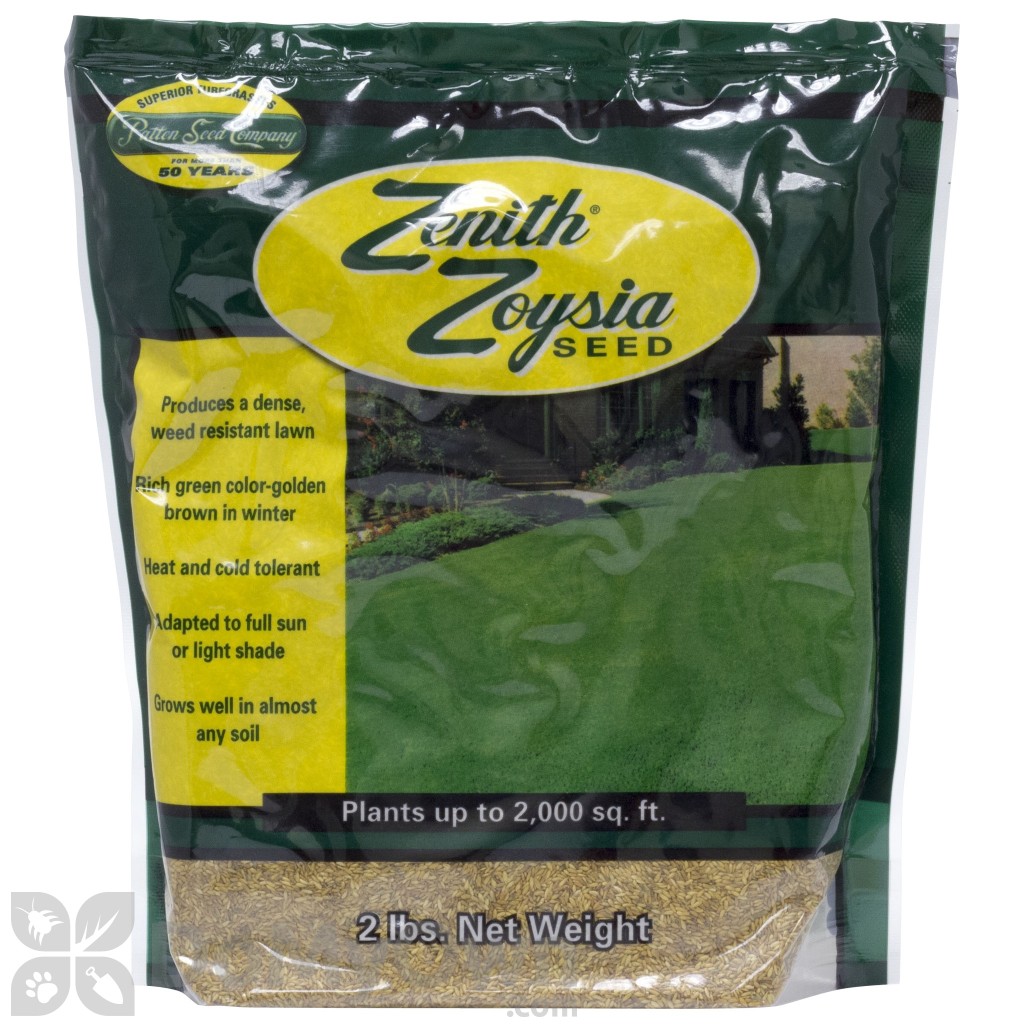
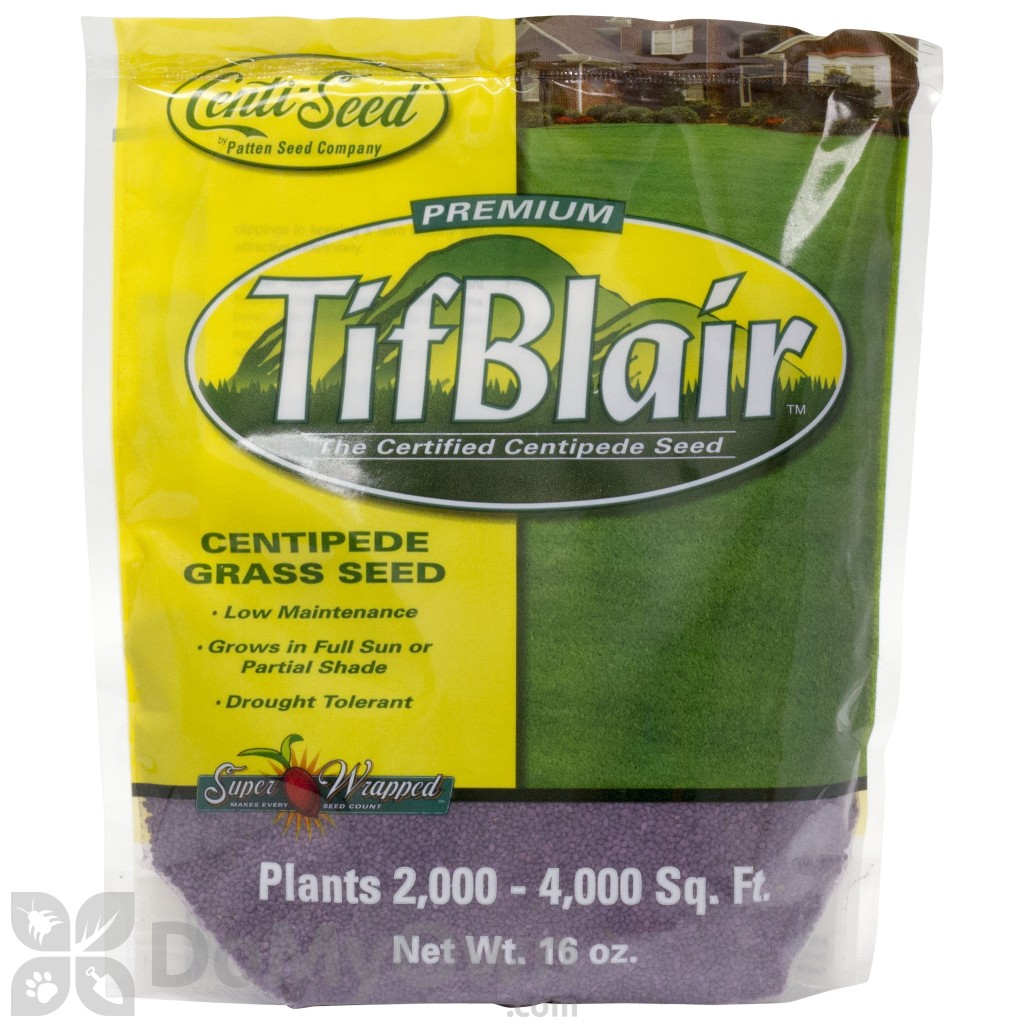
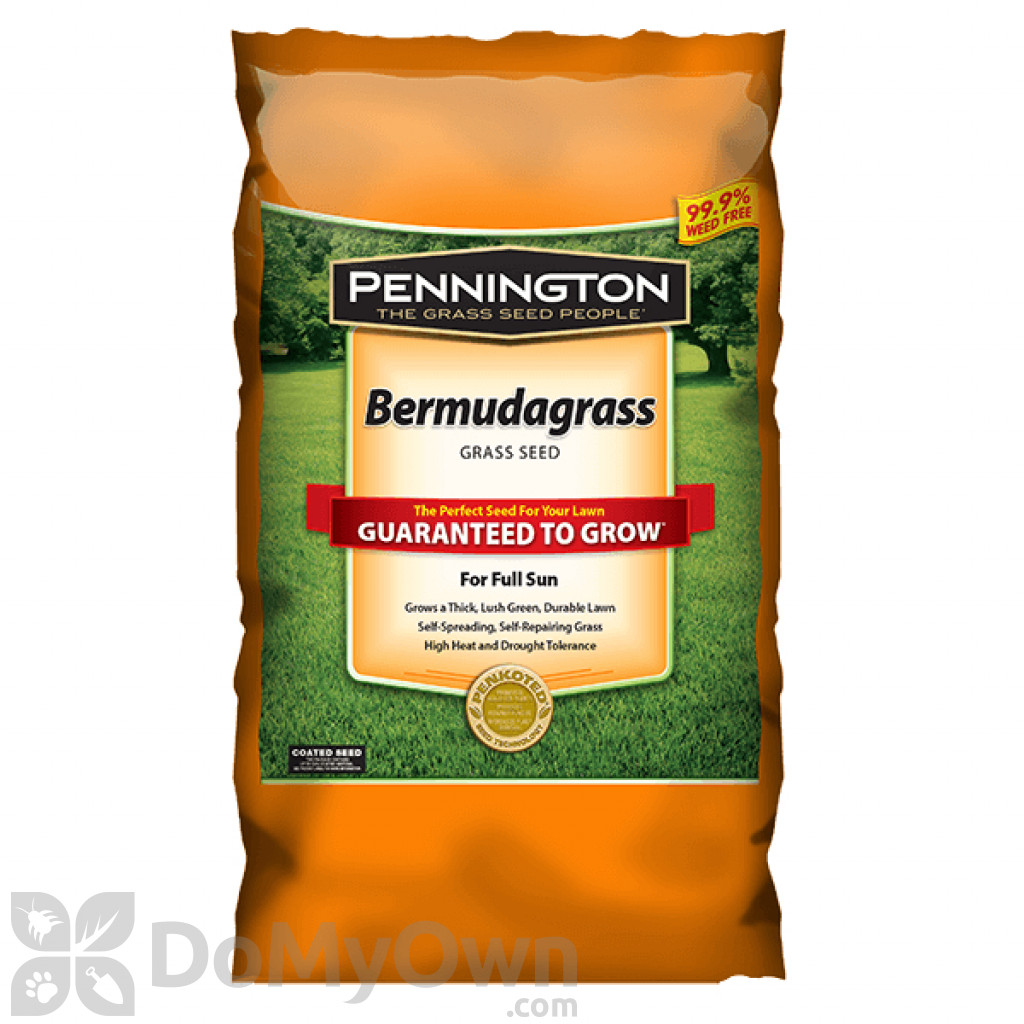
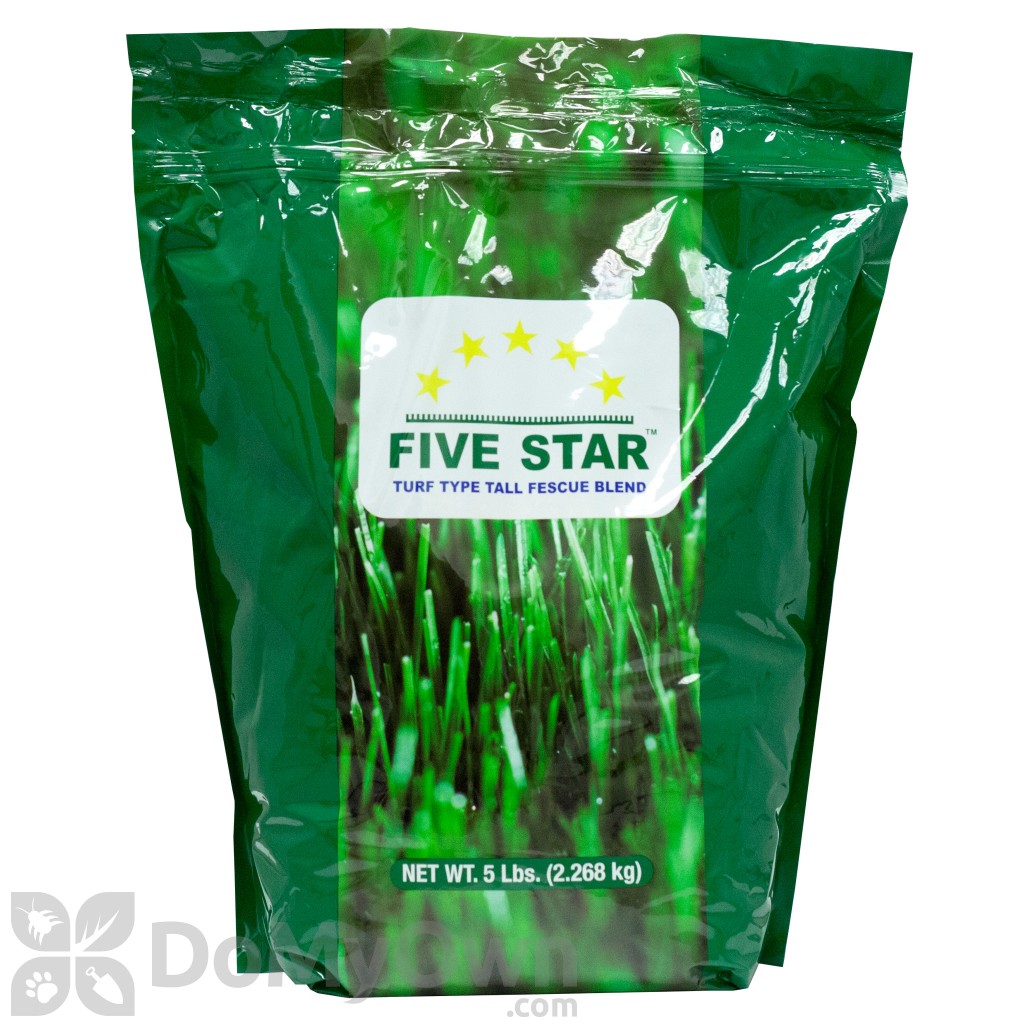
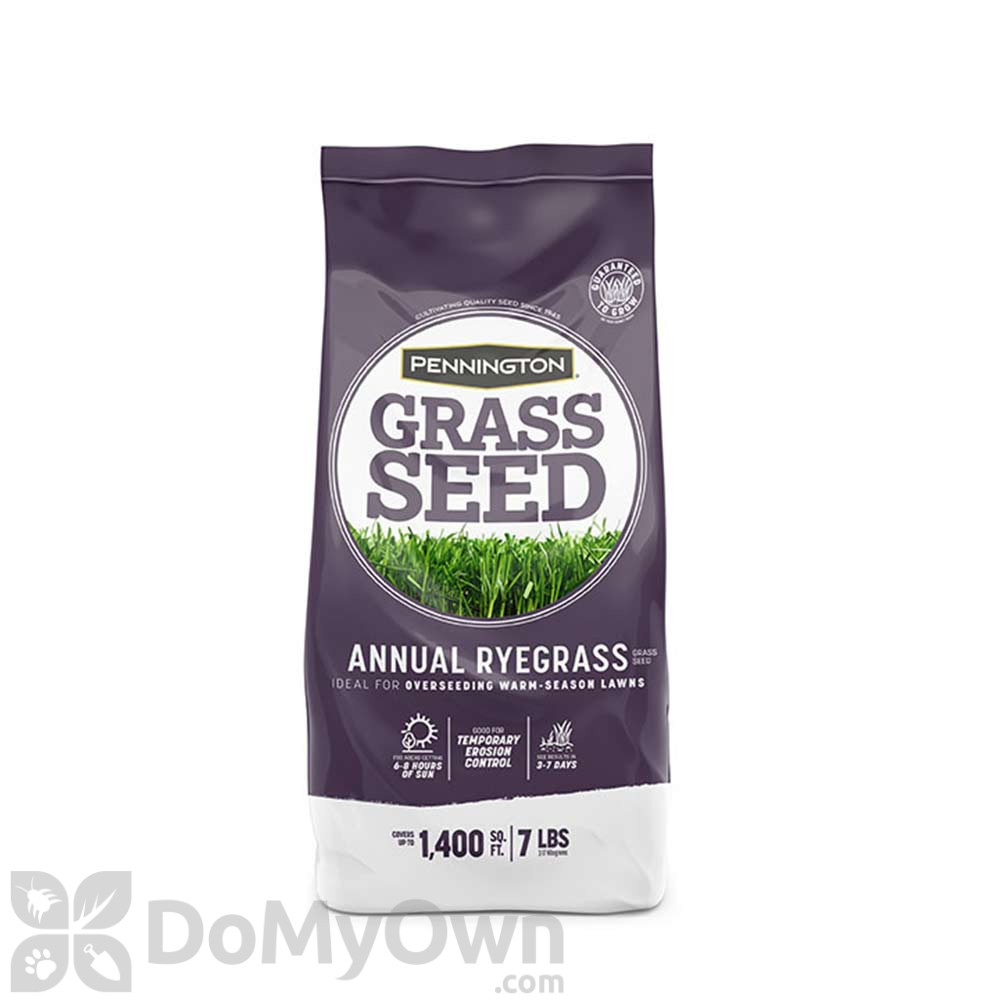
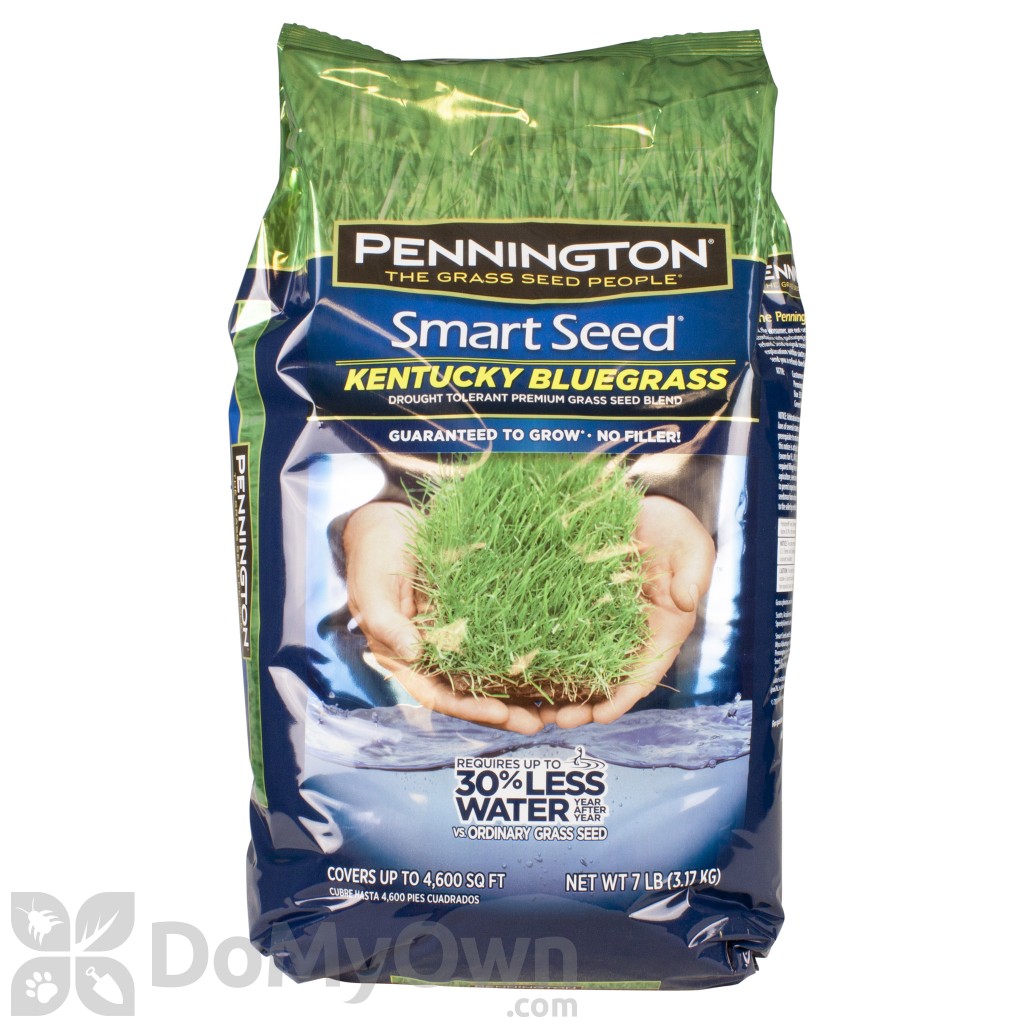
8. The surface of your grass area should be leveled and ragged.
If you choose to use sod, then they should be placed as close together as possible, not parallel, but rather as a form of building a brick wall.
The area must be tightened in order to attach the carpets to the ground, thus preventing the formation of air spaces, which interferes with the integration of the grass.
Make cuts, adjustments and completions of the lawn near sidewalks and trees and pop-up sprinklers, using a knife.
If you chose to use seeds, use a lawn spreader to distribute seed uniformly across your new lawn area.
Follow the instructions on your seed bag label, and you will know what your spreader settings and seeding rates are.
Once your seed is down, rake the area again to work seed into the soil about 1/8 to 1/4 inch deep.
Seeds need light to germinate.
So, don’t sow too deep.
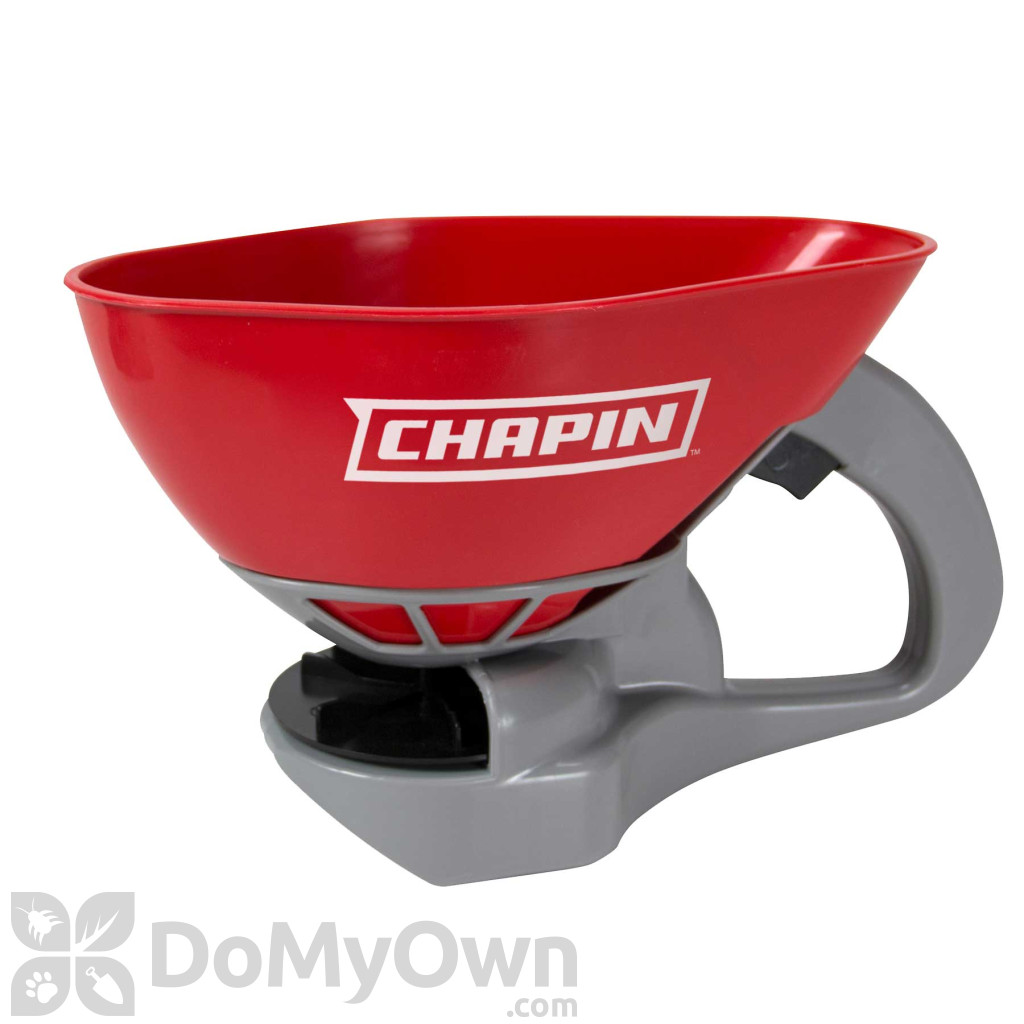
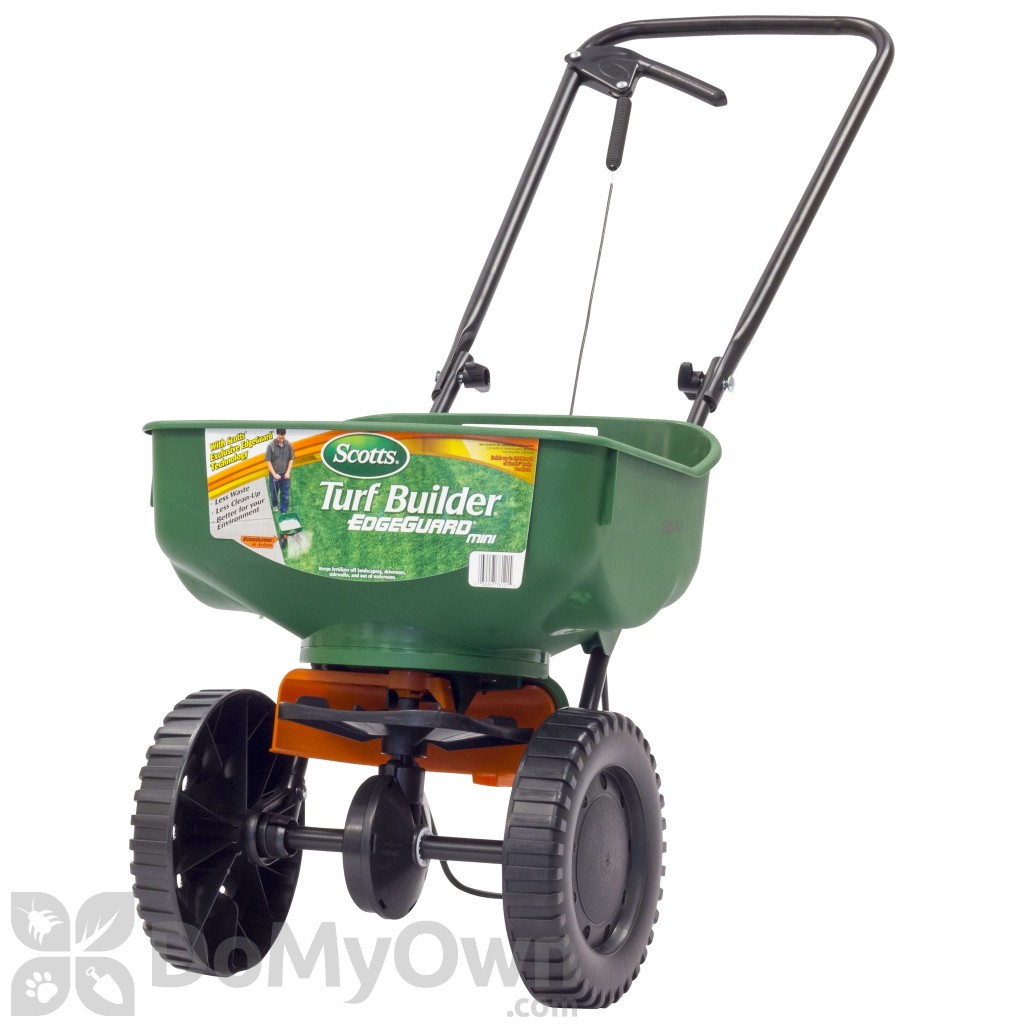
9. After laying the sod, you should hurry and water for no less than an hour.
On the first week, the water should be scheduled in small doses (15-20 minutes) several times a day (3-4).
Second week, the number of openings can be reduced to twice a day for about 15-20 minutes.
The third week you can go down to one opening per day, for about 15-20 minutes (recommended in the morning).
Seeds, you should water daily and keep the ground wet.
The seeds take up to 21 days to germinate.
You can then get into a routine depending on the climate, seasons and soil type, you can work with a plan of 3-4 openings a week, the duration of irrigation varies accordingly.
Some recommend 1-2 times a week, for a total of 1 inch.
Step on the lawn, if the grass doesn’t spring back right away, it needs water.
If it pops right back up, it already has plenty of water.
If you see traces of your shoe, you are irrigating too much.
10. The main success in growing green and healthy grass is water and mowing in time.
On the first mowing, it is recommended not to mow until the end of the first two weeks, make sure that the grass holds the ground well (try to lift with your hands) and pay attention to lifting the mowing tray relatively high.
Be careful not to get on the lawn with a mower when it is still wet.
It is recommended to mow the lawn every week to every two weeks, depending on the lawn variety and the season.
Many weeds can germinate in the field, multiple mowing of the grass leaves it as the dominant in the field.
The rate of grass growth varies according to the seasons, in the hot season the grass grows faster and therefore needs to be mowed more often.
A long wait between mowing causes the grass stalks to be tall, and when mowing, the grass will suffer and will be exposed to diseases and pests.
It will be white and coarse and unpleasant to the touch so it is recommended to mow in time and remove only leaves.
It is very important to mow about a third of the leaf length, not more.
The lower the mowing height, the higher the frequency of mowing, however, be careful not to scrape the grass.
The mowing also contributes to the grass growing a beautiful green leaf.
The mowing contributes significantly to the density of the grass and the creation of a greener surface.
Don’t forget to add a string trimmer for places where the mower can’t reach.
11. In order to maintain lawn vitality, you should add slow-release fertilizers or other NPK fertilizers.
Use a spreader for this purpose.
One week after laying the carpets, you need to fertilize with a “start” or “starter” fertilizer, designed to help grass seed and sod develop roots and mature stems before rapid growth begins.
It has a respectable amount of nitrogen (N), phosphorus (p) and potassium (K).
A month after planting and on, it is recommended to fertilize with lawn builder fertilizer, which contains mainly nitrogen, some phosphorus and small amounts of potassium.
N – Nitrogen is responsible for the growth rate of the lawn, and when applying it, it’s possible to control the growth rate of the lawn.
Nitrogen is easily absorbed and should therefore be supplied regularly, but too high a nitrogen level weakens the lawn’s resistance to heat, cold, dryness, abrasion and disease.
Nitrogen increases the growth of the lawn and thus gives the grass a green and fresh look.
P – Phosphorus is responsible for growing roots and shoots, especially when the lawn is new.
Phosphorus is mainly given by sowing or laying sod, as a basic fertilizer.
Excess phosphorus can be harmful.
K – Potassium gives the plant resilience and resistance to harsh conditions and against diseases, the lawn should be provided with a large amount of potassium in the fall to prepare it for cold spells.
Microelements – minerals consumed by the plant in small but very important doses (iron, manganese, magnesium, copper, molybdenum, zinc and sulfur).
These minerals are especially important in light soils, iron + sulfur is suitable for greening yellow lawns and lowering the pH level in alkaline soils.
Warm season grasses should be fertilized when spring starts, when everything begins to grow, and at the end of the summer, while Cool season grasses, as winter ends, and again, during the beginning of the fall season.
Using slow-release or controlled-release fertilizers is very popular with lawns.
They provide Extended feeding for 3 to 9 months.
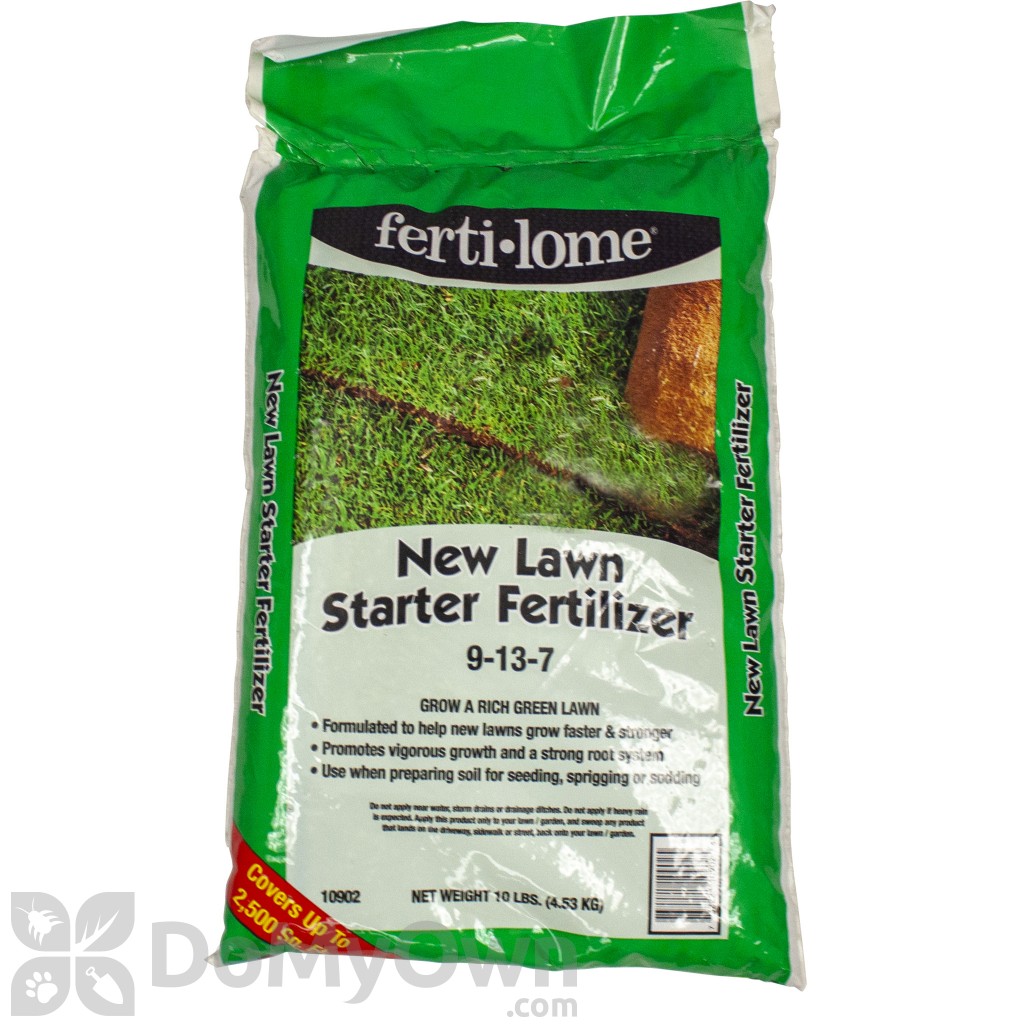
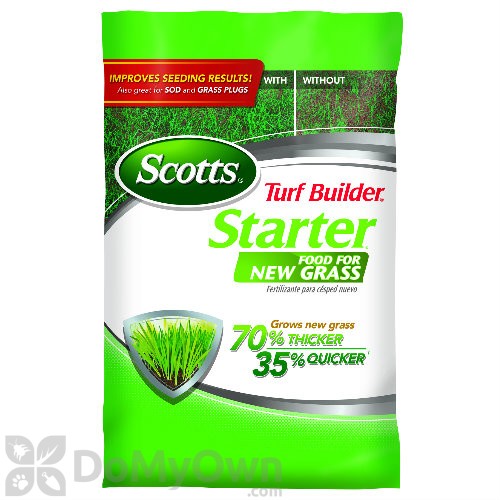
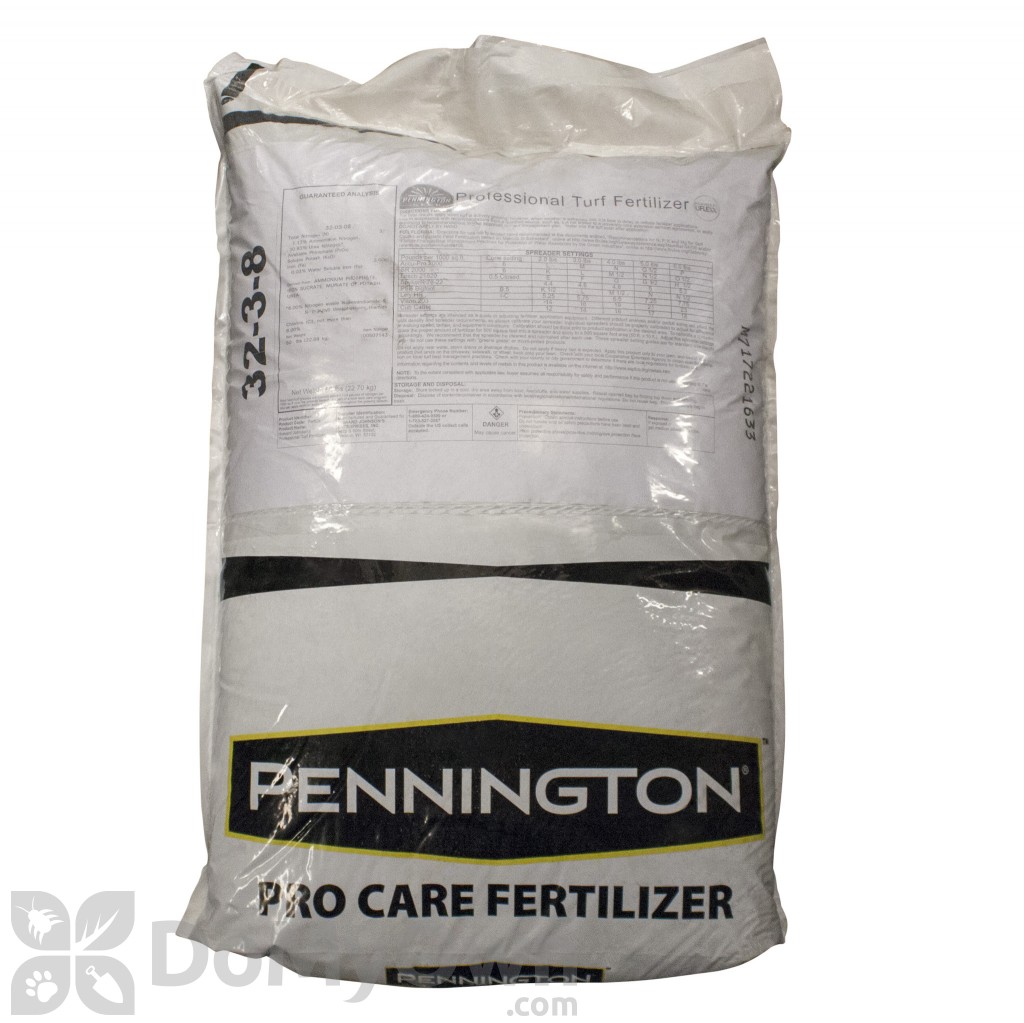
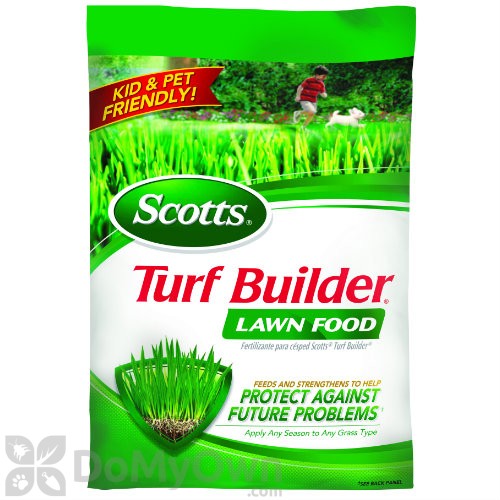

12. In the spring, the weeds germinate, taking over the lawn and creating an aesthetic nuisance.
Turf weeds like Dandelion, Nutsedge and Crabgrass are very tough and hard to get rid of.
In summer they bloom, and in autumn produce seeds, and die in winter, but the seeds wait for germination with the arrival of spring.
The most effective way to deal with these weeds is to prevent them from emerging with the help of a pre-emergence pesticide.
Once emerged, the effective way to destroy them is to pull them out manually with the root, and not to forget to spray the pre-emergence pesticide at the end of the winter.
There are other selective post emergence herbicides that can be sprayed on the lawn and kill only broad leaves weeds, without harming your lawn.
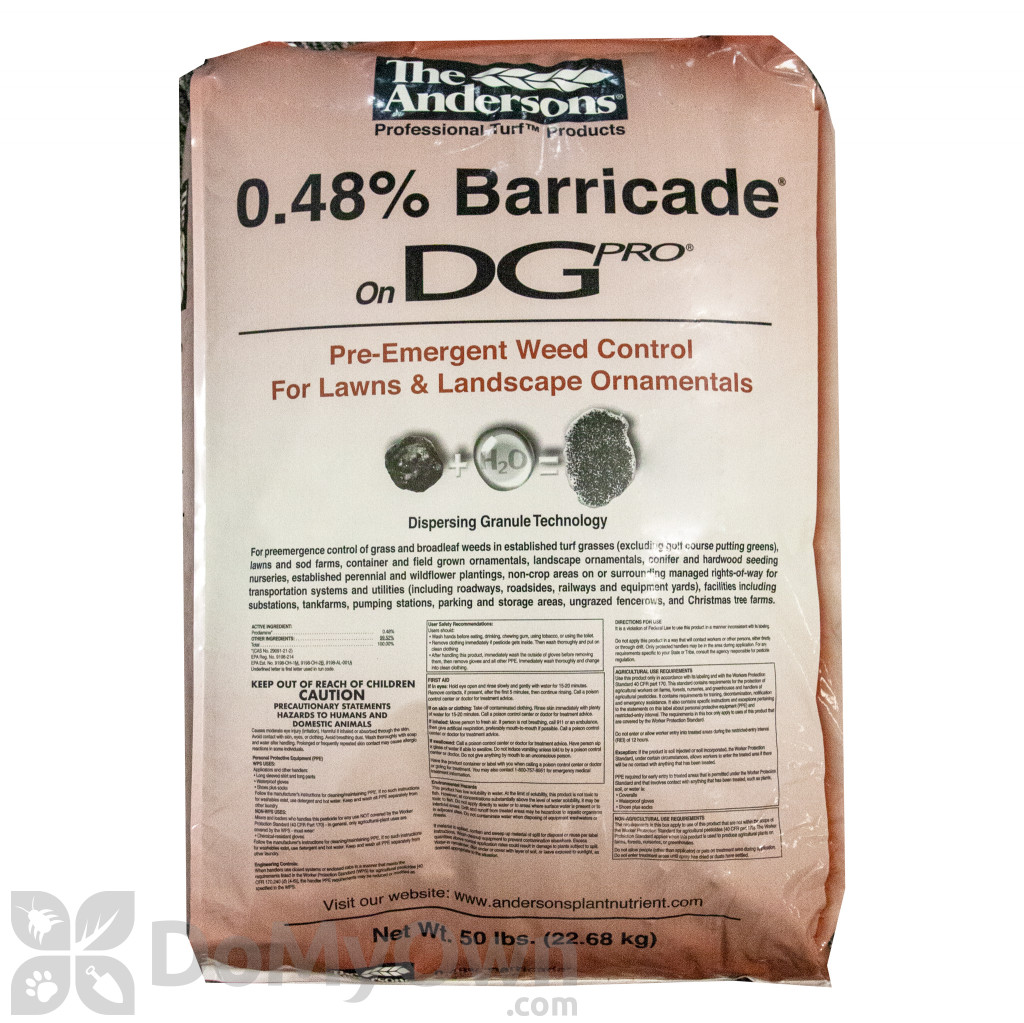
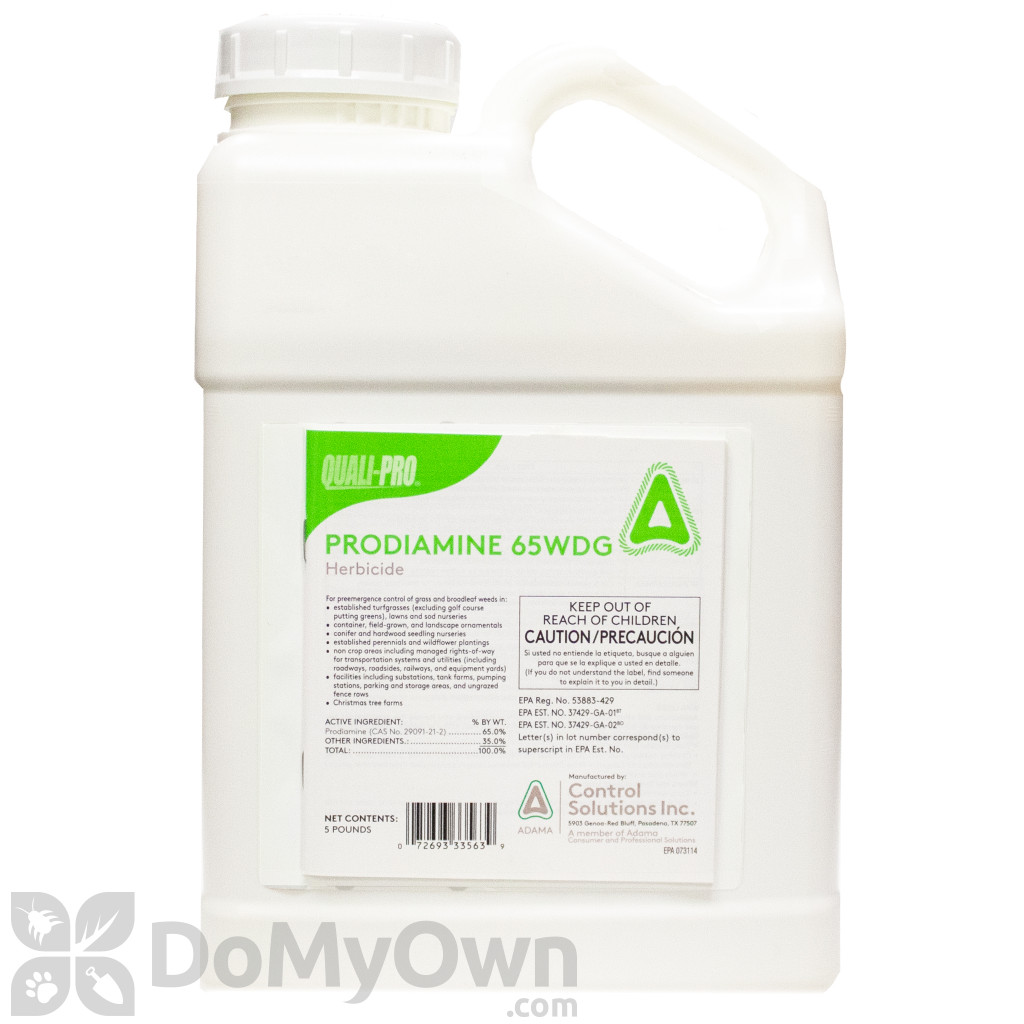
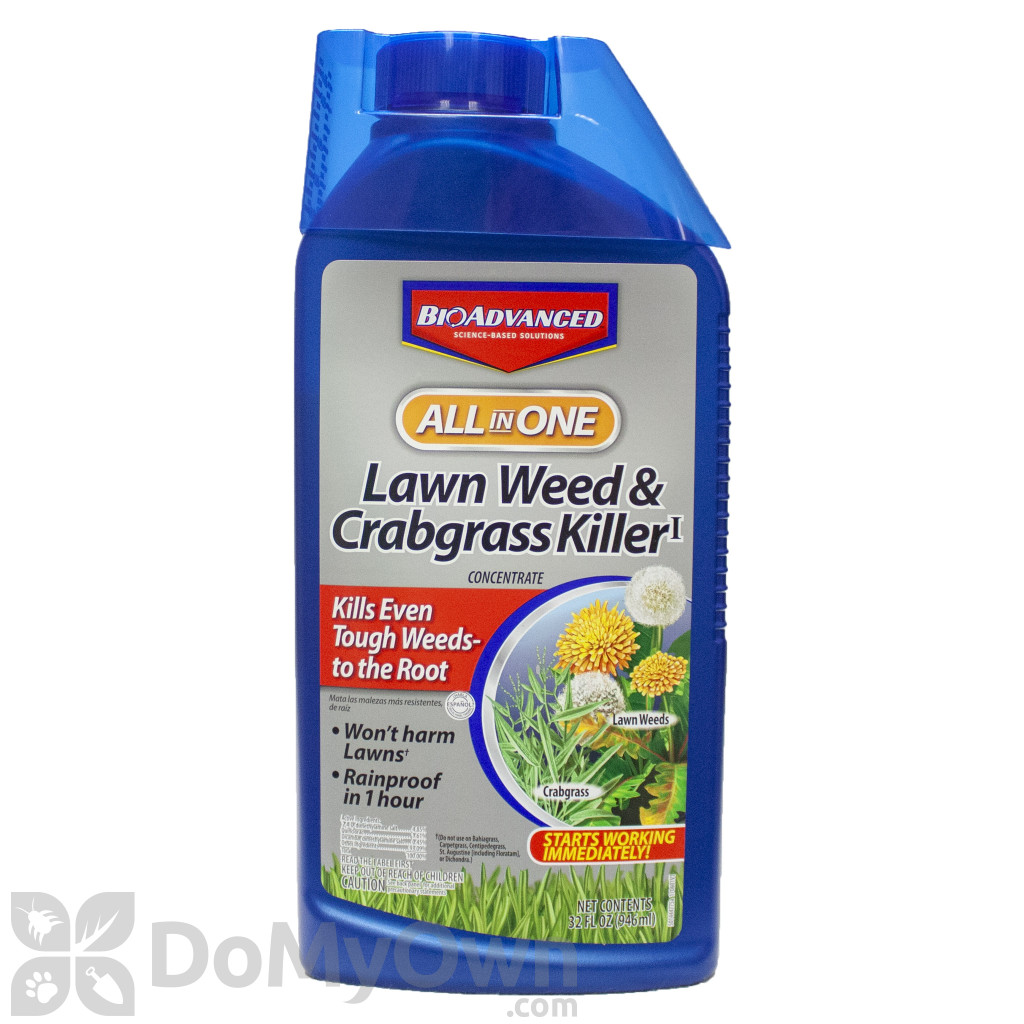
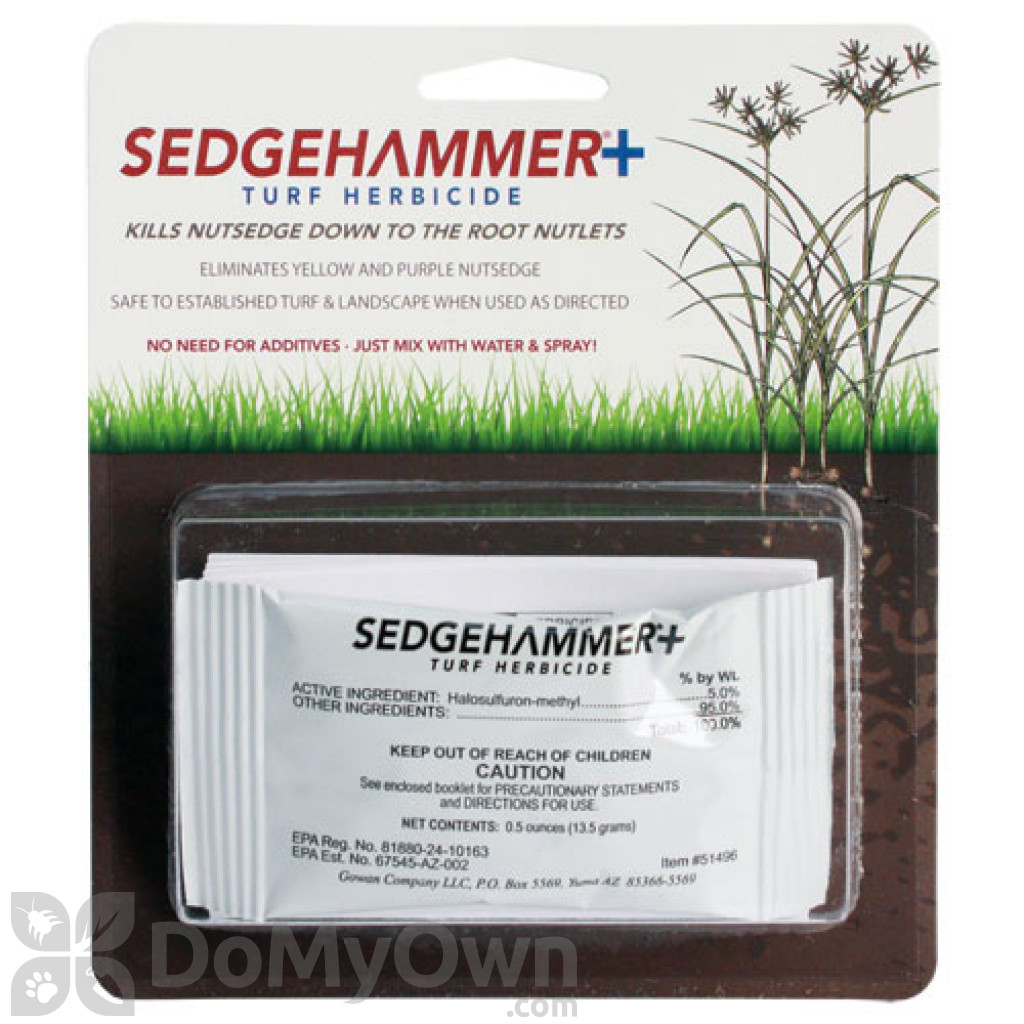
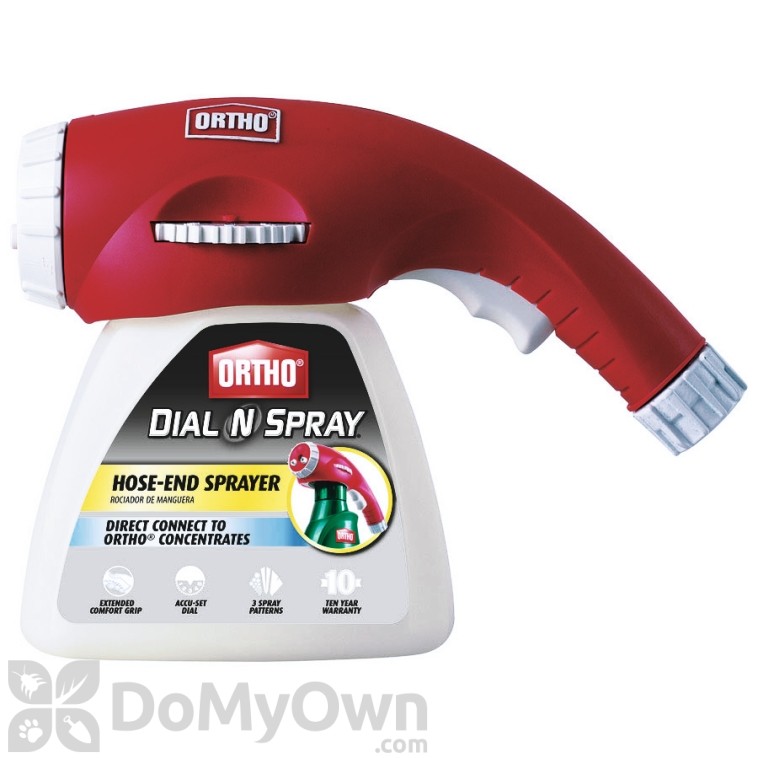
13. Common pests that attack grass are grub worms, chinch bugs, sod web worms, army worms, aphids and mole crickets.
Some of them eat the roots and let the grass die, while the others eat the green leaves.
Most of them can be killed quite easily with Imidacloprid products, such as Dominion and others.
It’s systemic so it is absorbed by the roots and moves to the leaves.
They come as granules or liquid and can be spread or sprayed on your turf usually every 3 months to once a year.
Imidacloprid works by creating a protective layer in the soil to prevent grubs and other insect pests like European crane fly, mole crickets, chinch bugs, cutworms, and more from penetrating in, and causing damage to your lawns.
Bifenthrin products as Telstar are also highly efficient against chinch bugs and army worm which is a larva that likes to gnaw on lawns, and as new grass reaches a new lawn all the butterflies in the area smell the bare and fertile root house, and come to lay their eggs, which later become larvae and butterfly pupas, thus in constant cycles they can gnaw a whole lawn and finish the lawn life very quickly.
There are a lot of lawn fertilizers that are already mixed with these pesticides for easy spreading and saving time.
Sometime they appear under the name “weed & feed”.
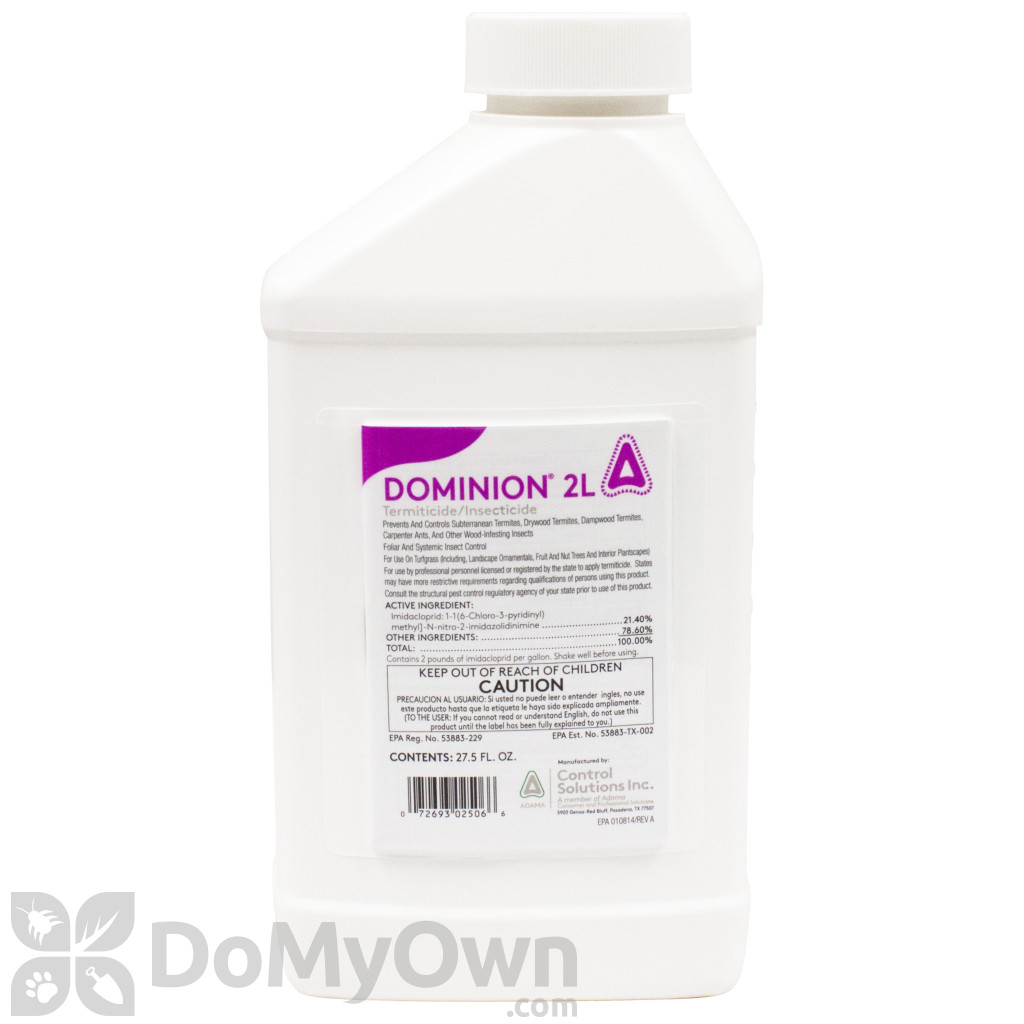

14. Common fungi in grass are Rusts, Pink & Gray Snow molds, Gray Leaf Spot, Zoysia Patch, Dollar Spot, Summer Patch, Anthracnose, Leaf Spot, Brown Patch, Powdery Mildew etc.
They are mainly caused by excessive irrigation, irrigation at night and high humidity, for short – moisture.
Lawn disease and lawn fungus will create large brown patches, kill grass, grow mushrooms or any other abnormality in appearance.
Azoxystrobin and Propiconazole based fungicides take care of these diseases.
To be on the safe side, if you are not sure what exactly is the harmful factor that destroys your grass, you can mix one of the insecticides with one of the fungicides, add water, and spray.
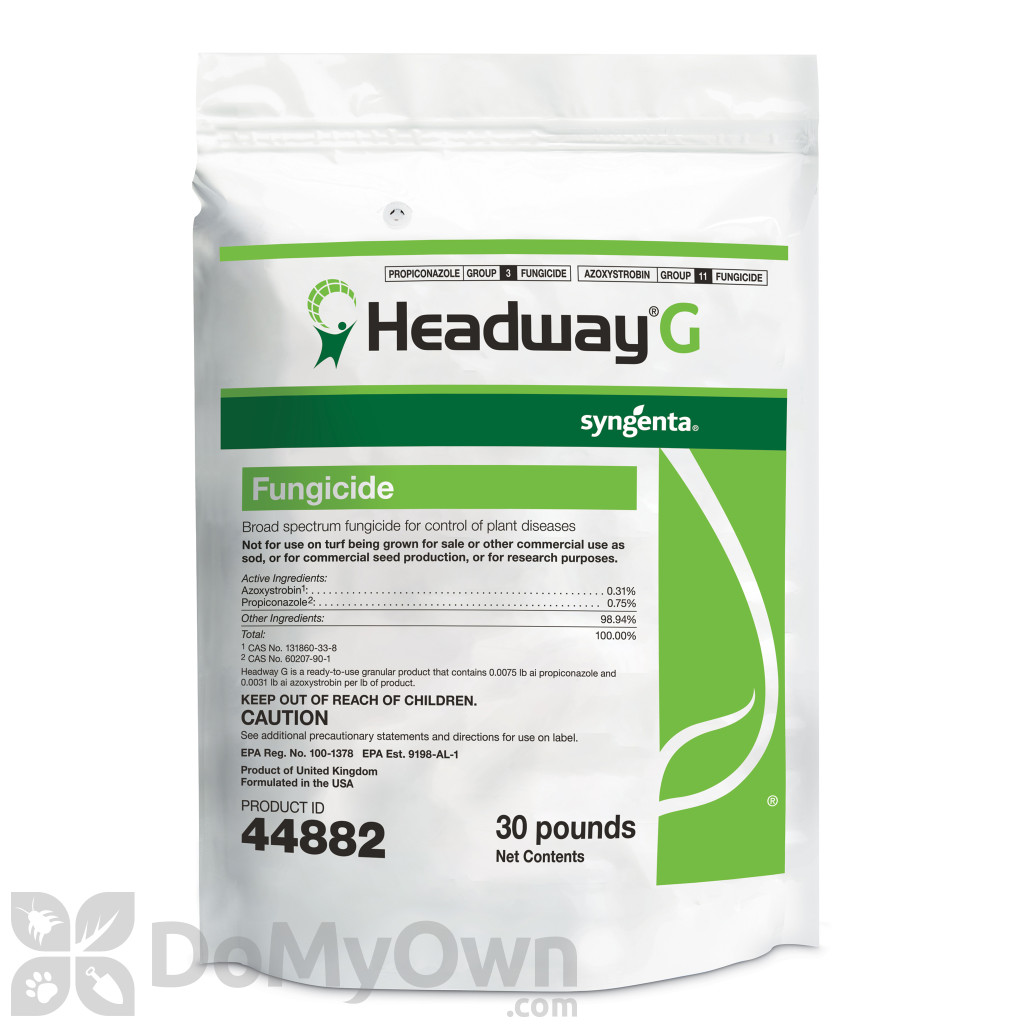
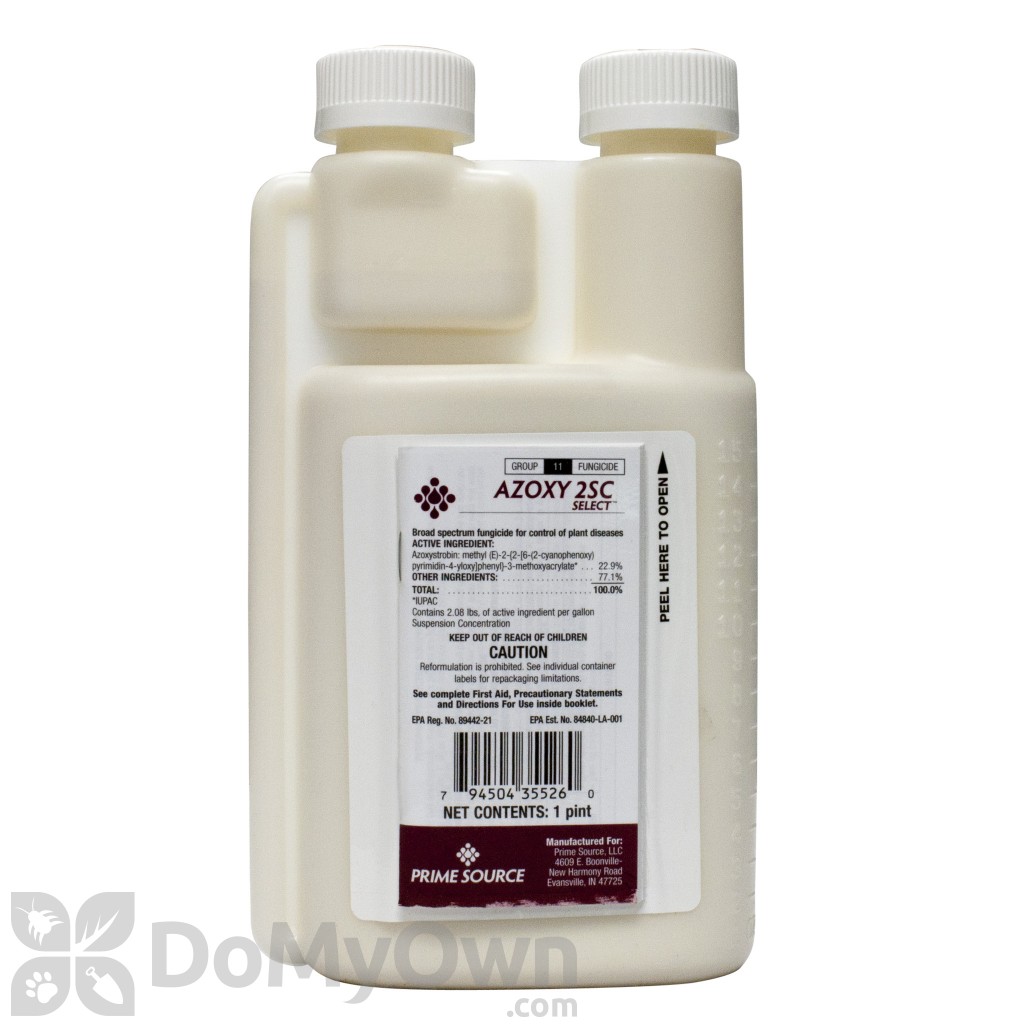
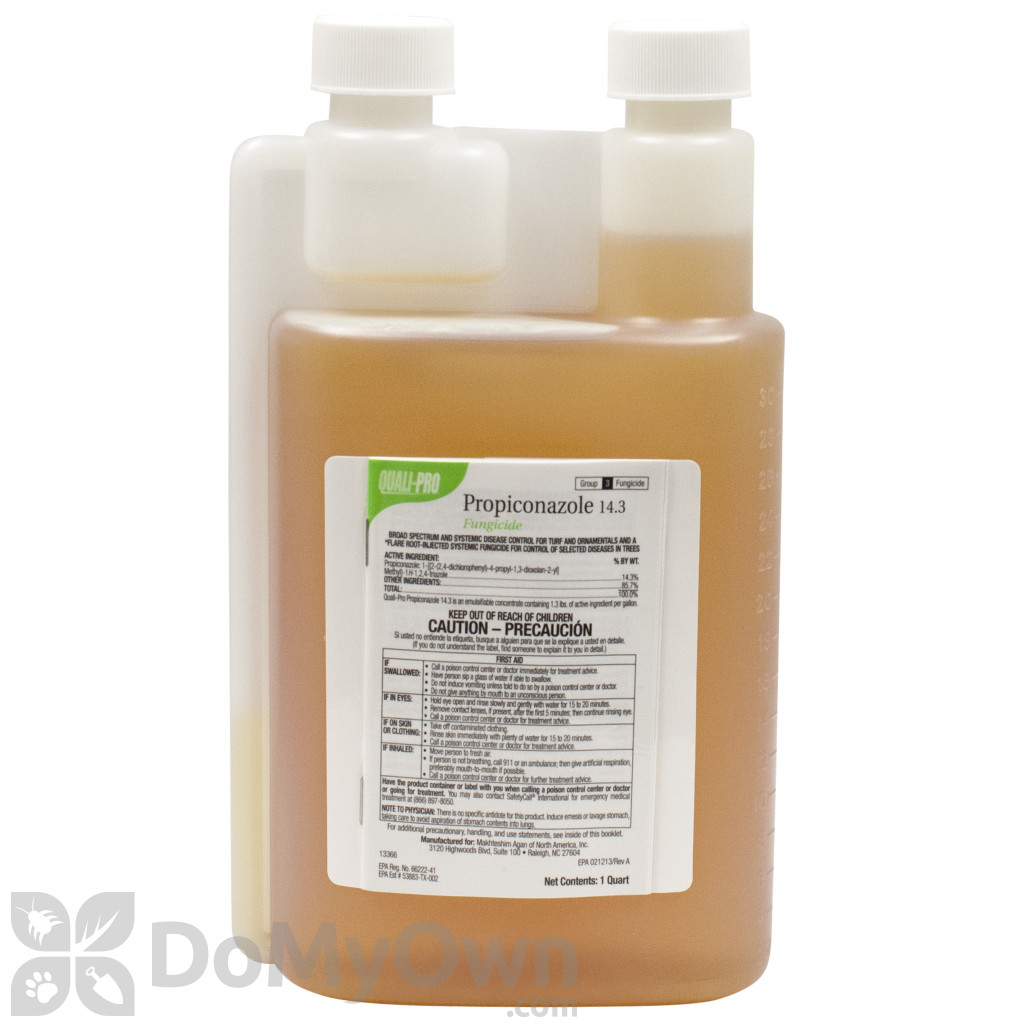
You might also like these articles:
- Slow-Release Fertilizers for Trees and Shrubs
- A Plant’s Nutritional Needs: The Best Fertilizer for Each Stage of Plant Growth
- How to Use Roundup Effectively and Safely
- Weed Control in Your Garden: Choosing and Using Herbicides Safely and Effectively
- Effective Herbicides for Common Weeds in Lawns and Gardens
- Starting Seedlings from Seeds: Read This First
- Unleash the Magic of Mulch: Transform Your Garden Today!
- Transform Your Soil into a Vibrant Garden Oasis with the Power of Soil Amendments
- 10 high rated tillers for small/medium yard reviews
- Top-Ranked small to medium-sized yard Lawn Mowers review
- Tips for Growing an Avocado Tree: Climate Factors, Soil Needs, Tree Varieties, and Planting Methods
- Exploring the Benefits of Annual Flowers: Adding Color, Variety, and Easy Care to Your Garden

